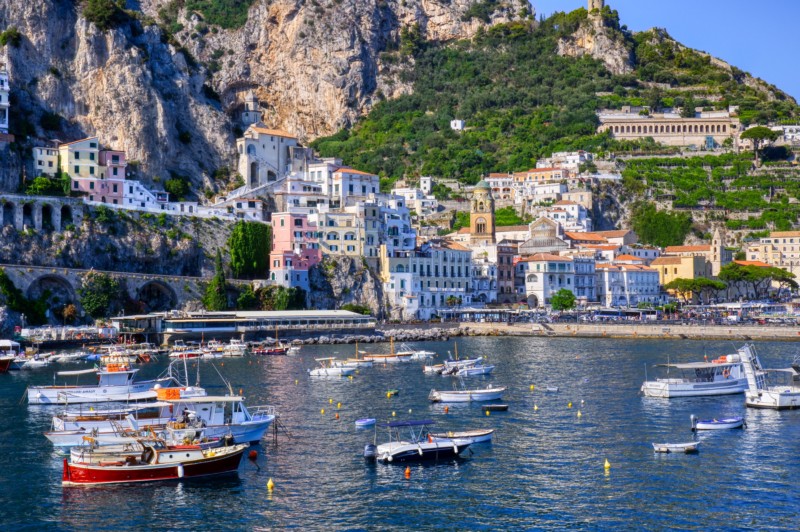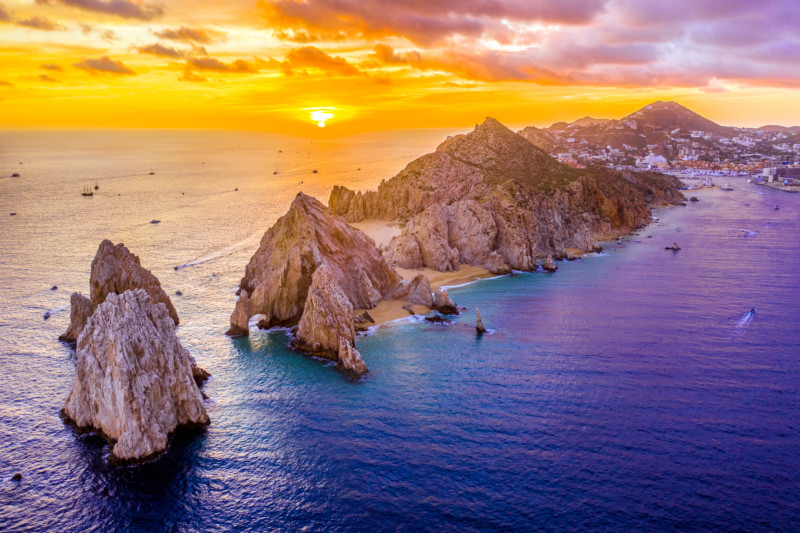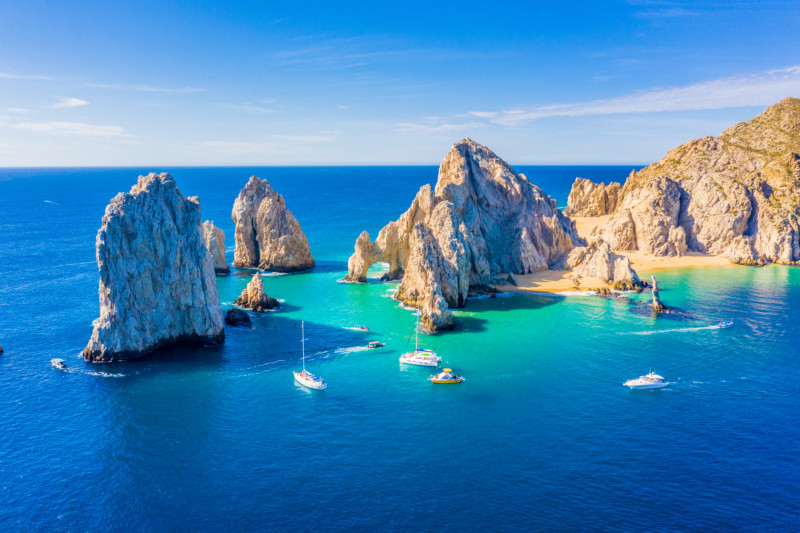Discover the often-hidden beauty of an unusual region, Campania. Its rugged coastline, from Cilento where incredible coves await you, to the long beaches of the Amalfi Coast, the fishing villages and the houses perched on rocky ridges overlooking the sea. Sail to the town of Sorrento and the islands such as Capri and Procida to see Campania in all its beauty.
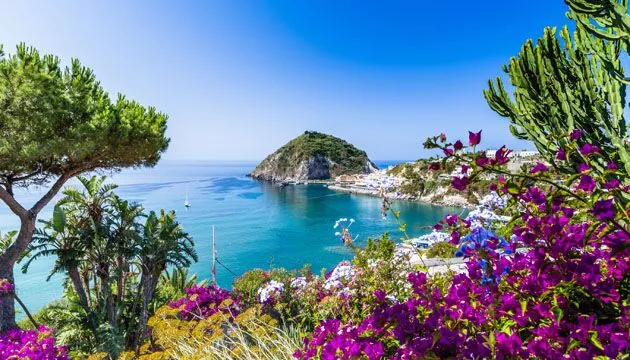
The Cilento is the jewel in the crown of the Campania coastline. A still unspoilt headland where beaches are complemented by antiquities and hiking trails. Then there is the Amalfi Coast and the Gulf of Sorrento, more touristy but not to be missed. And finally, there are the islands, Capri, Procida and Ischia, which need no introduction.
Here are some of the most beautiful beaches:
Fiordo di Furore
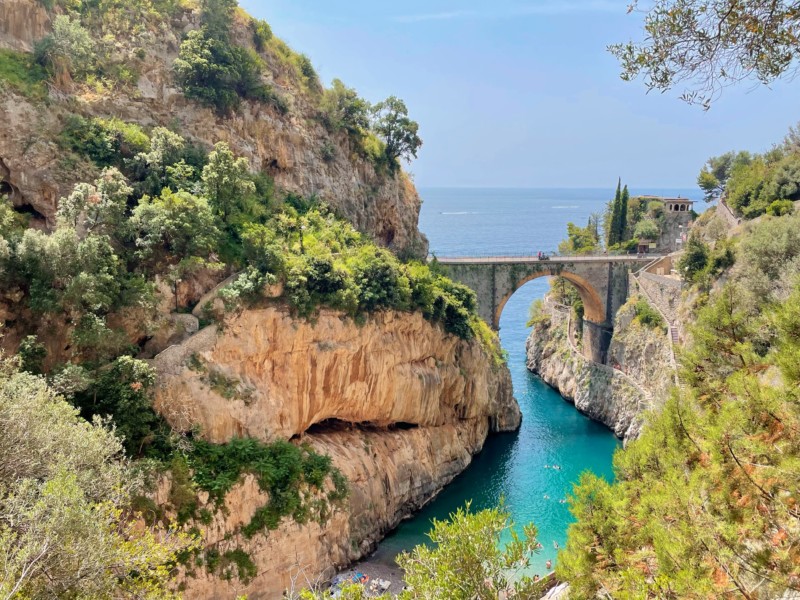
Punta Licosa
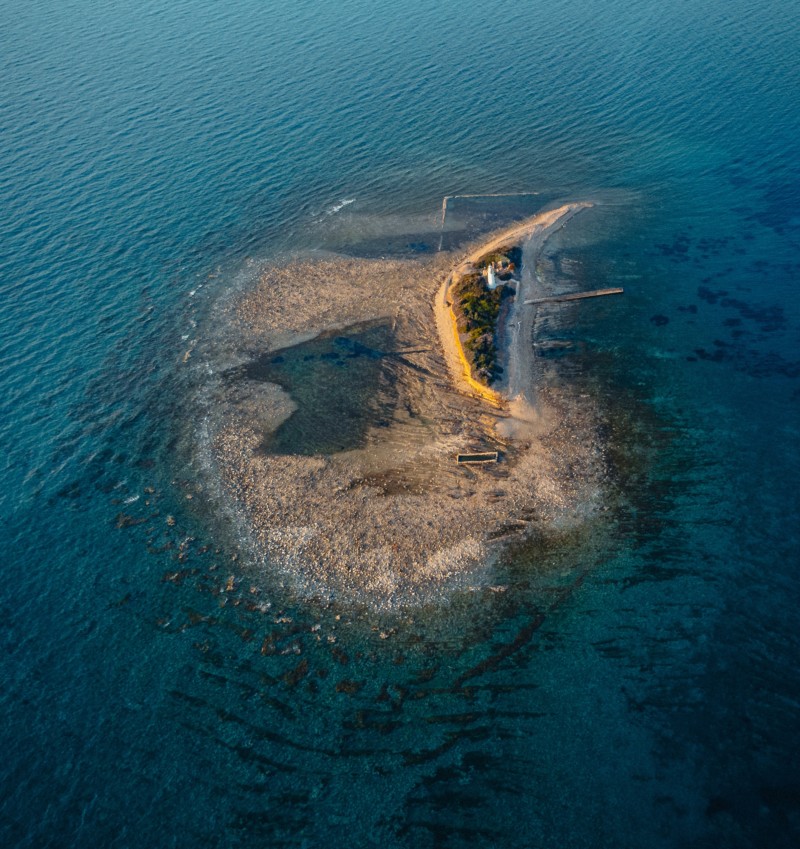
Conca dei Marini
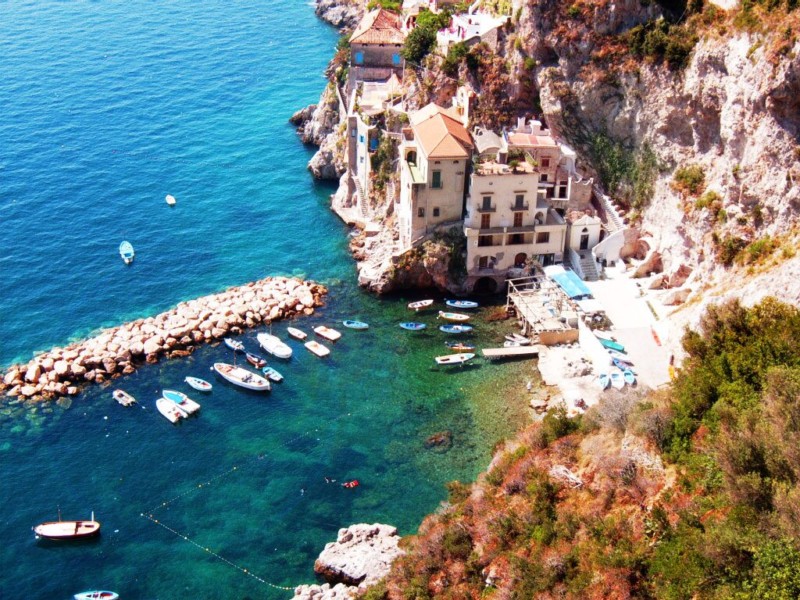
Cala degli Infreschi
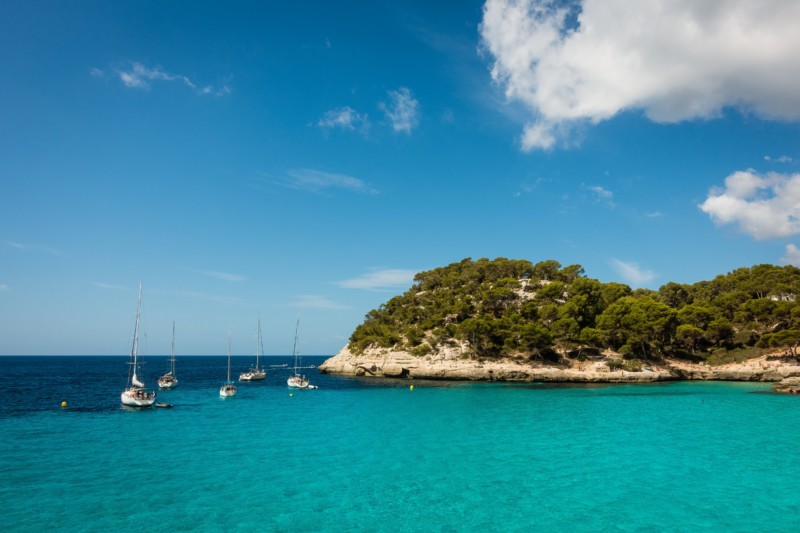
Marina Piccola
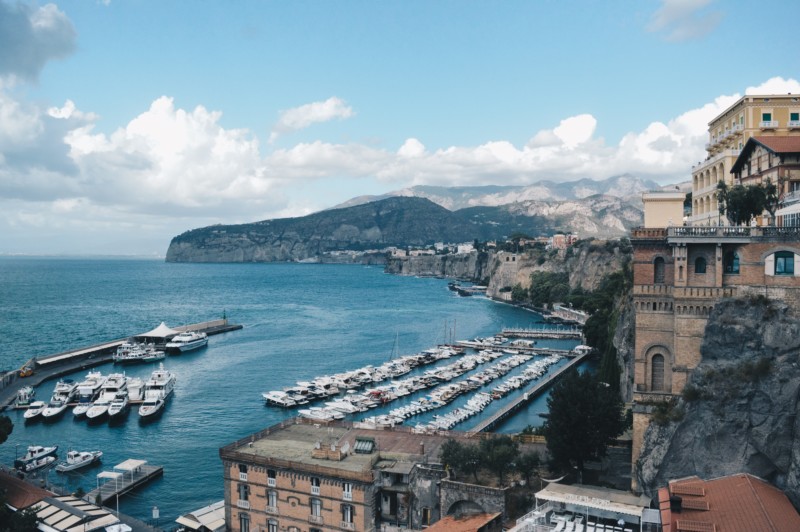
Bagni di Regina Giovanna
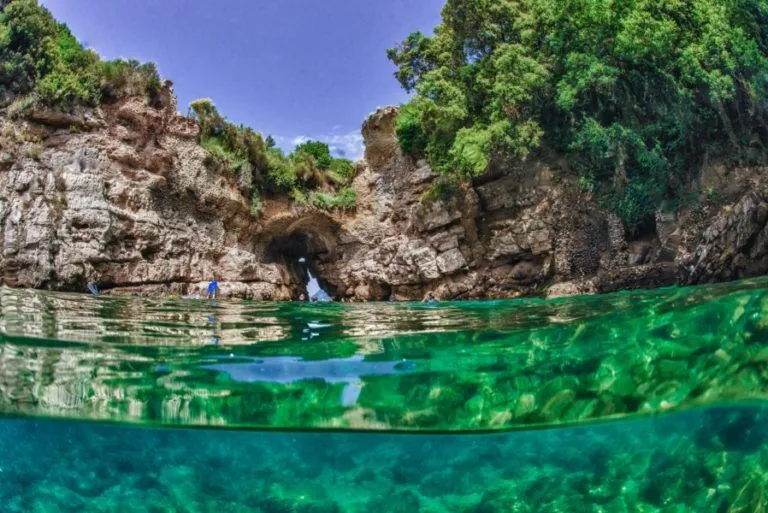
Amalfi Coast
The stretch of coast from Positano to Vietri sul mare, south of the Sorrento peninsula, is known as the Amalfi Coast. It is world-famous for its natural beauty, villages, and cuisine. The Amalfi Coast, which takes its name from the town of Amalfi, the central nucleus of the Coast, is a UNESCO World Heritage Site.
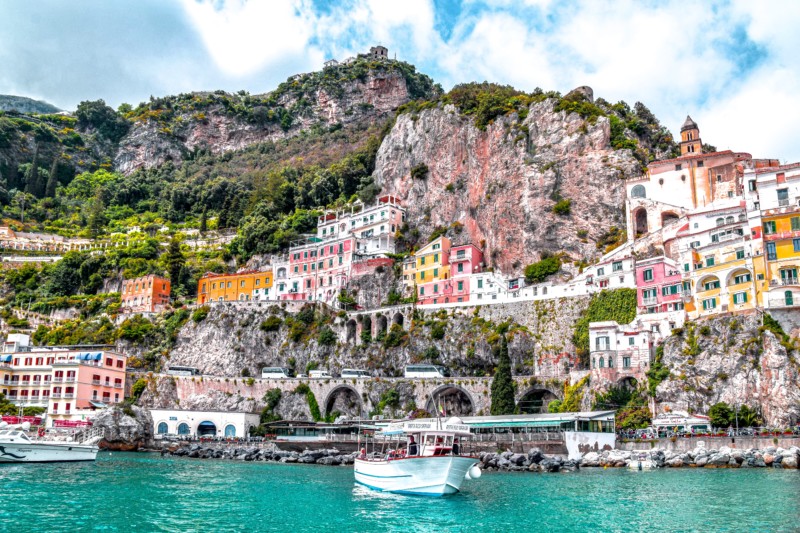
Don’t miss a visit to the Fiordo di Furore, along the Amalfi Coast. This incredible little hidden beach is located at the mouth of an overhanging valley created by the incessant work of the Schiato torrent that runs from Agerola down the mountain to plunge into the sea. It is home to a tiny seaside village that was also the residence of Roberto Rossellini and Anna Magnani.
If you want, you can rent a boat directly to Amalfi and sail through the clear waters of the Amalfi coast.
Our Favourite: Sorrento
Picturesquely located on a tuff terrace on the Gulf of Naples, Sorrento is the most famous town on the Sorrento coast. A popular holiday resort since ancient times, Sorrento fascinates tourists and locals alike with its breathtaking views, the landscape of gardens and citrus groves, marinas, charming historic centre, interesting historical and religious architecture, and ancient traditions of inlaid woodwork and lace-making.
Praised by poets, celebrated in songs, and immortalised in paintings, the beautiful land of the Sirens is known throughout the world and is a favourite destination for international tourism. Enjoyable all year round, day and night, hospitable and cheerful Sorrento welcomes visitors in search of sun, history, art, culture, and fun.
We at SamBoat recommend an obligatory stop, of a minimum of one day. There are numerous churches and historical buildings, surprising panoramic viewpoints, characteristic alleys full of small shops and craft workshops, and exceptional quality of its gastronomic offerings.
There are also clubs, restaurants, and cafes where you can spend your free time, shops on the main street where you can go shopping, festivals and cultural events to liven up the evenings and, of course, well-equipped bathing establishments where you can relax under the sun caressed by a pleasant sea breeze.
The 3 must-visit places in Sorrento
Vallone dei Mulini
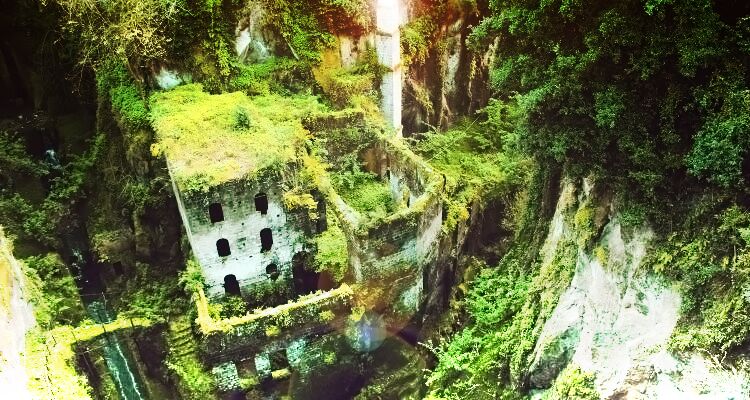
The Vallone dei Mulini in Sorrento is a place of great natural beauty. The formation of this deep fissure in the rock dates back some 35,000 years. The valley owes its origin to the most violent eruption in the history of the Phlegraean Fields and the subsequent processes of erosion by the waters that progressively etched the tuffaceous basement.
The Vallone dei Mulini is the best-preserved valley in the Peninsula (there are four others), although today, unfortunately, only the central part can be admired, stretching from Piazza Tasso to Villa La Rupe and from there to Porta degli Anastasi.
The Vallone owes its name to the presence of a mill, the ruins of which are visible, used until the early 20th century to grind wheat. In addition to the mill, historical-artistic evidence also tells of the presence of a sawmill and a public washhouse. The construction of Piazza Tasso (1866) decreed the end of activities in the valley.
The filling in of the end of the valley, with the consequent isolation of the area from the sea, caused a sharp rise in humidity that made the area unliveable. Instead, the special microclimate favoured the development of lush herbaceous and tree vegetation.
Piazza Tasso
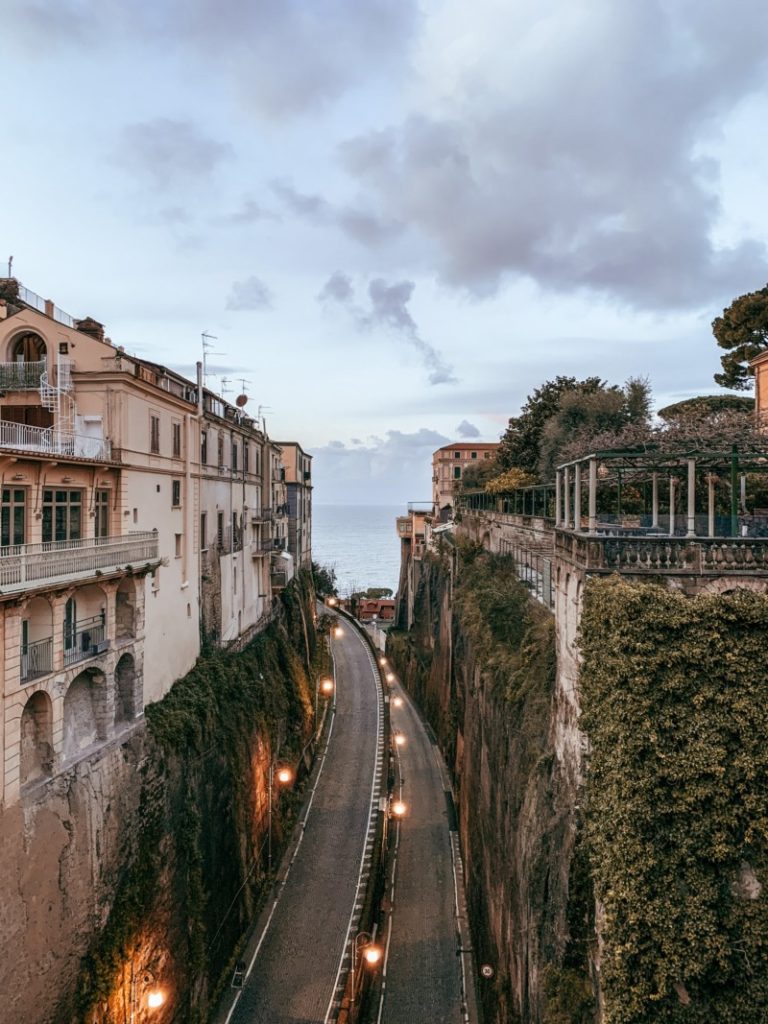
Crossed by the lively Corso Italia, Piazza Tasso is Sorrento’s main square, the heart of city life and the emblem of an internationally renowned tourist resort. Originally, the square was called Largo del Castello by virtue of the castle built there by Ferdinand of Aragon in the 15th century.
With the urban transformation carried out in the 19th century that marked the disappearance of the castle, the 16th-century walls and the ancient Porta del Piano, the square took on its current appearance. Named after Sorrento’s most illustrious citizen, Torquato Tasso, to whom a monument by the sculptor Gennaro Calì is also dedicated, the square is adorned with a statue of St Antonino Abate, the town’s patron saint.
Among the buildings surrounding the square is the Correale house with a beautiful majolica-tiled courtyard (south side), the church of Santa Maria del Carmine with its rich Baroque façade and the elegant Grand Hotel Vittoria (north side), famous for having hosted the great Enrico Caruso in 1921. Along the north side, a terrace overlooks a narrow tufa gorge crossed by a narrow road leading to Marina Piccola.
Marina Piccolo
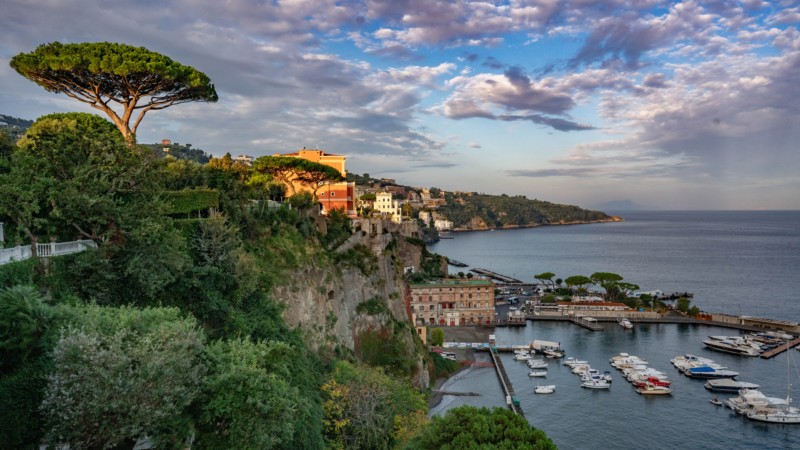
A picturesque seaside village that can be reached by walking along a narrow, stone-stepped street and passing through the ancient Greek Gate, Marina Grande retains the charm of the fishing village it once was with its colourful houses, boats and nets pulled onto the shore.
The village, made famous by the film starring Vittorio De Sica and Sofia Loren ‘Pane, Amore, e…’ (Bread, Love, and…), offers quaint little cafes, restaurants and bathing establishments. Nothing remains, however, of the shipyards that in the past made the famous ‘gozzi sorrentini’, wooden rowing and sailing boats, suitable for fishing. On the 26th of July, the marina celebrates Sant’Anna, the patron saint of the village, to whom the church is dedicated.
Marina Piccola is the port of Sorrento, an important landing place for ferries and hydrofoils, located not far from the central Piazza Tasso. The port, located in a beautiful inlet, was once called Marina di Capo Cervo after the promontory above it. Work on its construction (1912) transformed the original appearance of the place, which only survives in the small chapel dedicated to Santa Maria de Soccorso and the souls in Purgatory.
At the side of the harbour are the bathing establishments, which are often built on stilts on the water due to the small size of the sandy shore.
